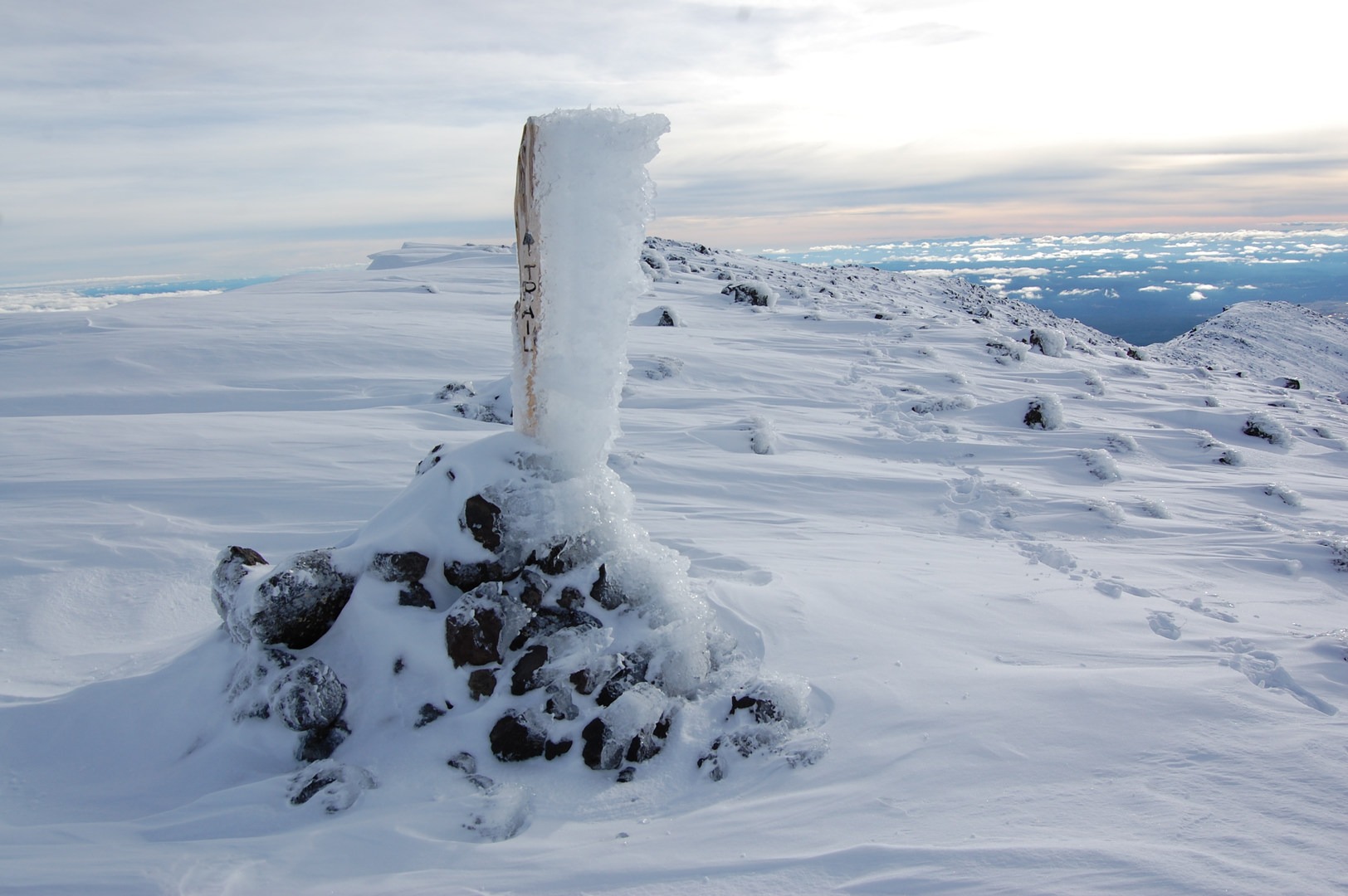You are here
What is frostbite? Frostbite is the freezing and resulting damage or death to body tissue. In extreme cold, the body protects itself by limiting blood supply to the extremities for the sake of retaining heat in the core and vital organs. It most often affects exposed skin, but can also occur inside a glove or boot, especially if they’ve become wet in cold weather.
Frostbite can occur in any conditions below freezing, but it usually only happens in especially cold and windy weather. If the air temperature drops below 5 degrees Fahrenheit, or has a bitter windchill, exposed skin can develop frostbite in as little as a half an hour. High altitudes increase risk as well, because lower oxygen levels reduce blood circulation.
What You Need to Know
You can think of frostbite as similar to a thermal burn, even though it happens from essentially the opposite cause: extreme cold instead of extreme heat. Similar to burns from heat, however, frostbite is damage to skin tissue from temperature that occurs in varying degrees of severity, from first degree to fourth degree. Unlike a burn, however, frostbite can be hard to notice when it’s happening. You generally know when your skin is getting so hot that it’s burning because it hurts, but the first stages of frostbite often go overlooked then turn to numbness that masks the problem, even though it may already be too late.
1. Frostnip: First-Degree Frostbite
First-degree frostbite, also called frostnip, is the initial stage that can be easily self-treated. With frostnip, an area of skin gets uncomfortably cold, and you may feel a prickling sensation. Look closely, and you might see tiny ice crystals forming on your skin, freezing the outermost layers of tissue. If you have these signs, do whatever you can to warm up, and you can avert the frostbite before it gets serious.
2. Early Intervention: Second- and Third-Degree Frostbite
With second-degree frostbite, the affected area begins to numb or feel warm, even though it’s still frozen. With third-degree frostbite, the skin turns red, pale, or blue. If you notice any of these signs, it’s time to get serious about getting warm, but you have to be careful how you do it. At these stages the skin tissue could already be seriously damaged, and rapid or aggressive warming can make it worse.
First, get to a warmer area as soon as possible. Do not vigorously rub, massage, or slap frostbitten body parts because this can injure the frozen tissue. Instead, stick them in your armpits or against another warm body part. You can use flame or warm water, but do so gradually and very carefully, because frostbitten skin cannot sense when it’s getting too hot. Drink warm fluids to raise your core temperature as well. Remove any jewelry and anything else tight-fitting because you don’t want to restrict blood flow.
As the frostbitten area warms up, you will experience a lot of pain. This is normal. It means the nerves under the skin still function, and the tissue can recover. Blisters may form, but you shouldn’t pop them. After doing what you can to treat second- or third-degree frostbite, you should see a doctor to check for any permanent damage.
3. Medical Intervention: Fourth-Degree Frostbite
If you do not feel pain upon re-warming, you may have fourth-degree, or very severe, frostbite. In this case you’ll lose most sensations including numbness, cold, and pain. You may have limited mobility in nearby muscles and joints. Though the skin is usually pale white or blue with severe frostbite, it will turn black upon warming if the outer tissue is dead.
This condition is potentially permanent and requires medical attention as soon as possible. Isolate and protect the frozen body part to prevent further injury. If it’s a foot, try not walk on it. It is more dangerous, however, to thaw severe frostbite if there’s a good chance it will refreeze before you can get to safety. In any case of frostbite, you should get out of there as efficiently and safely as possible and get to a hospital.
How to Prevent Frostbite
The best way to combat frostbite is to not get it in the first place. There are several practices to avoid frostbite while out in the elements, and most require only common sense and thinking ahead.
- Look up the weather forecast and windchill for the area you’ll be in and prepare accordingly.
- Layer up, but make sure your clothes and boots aren’t too tight. If it’s windy, cover all exposed parts.
- Try to avoid getting moisture in your gloves or socks.
- Warm up your gloves and boots before you put them on if possible.
- Stay hydrated all day and refrain from alcohol and caffeine, because they inhibit circulation.
As always in the outdoors, have an emergency plan for getting to safety if things go wrong. Most importantly, use your head! If you feel signs of frostbite, maybe it’s best turn around. Live to summit that peak or finish that trail another day.
Happy winter adventuring!





Comments
One thing I found really helped a lot is soaking them in warm (not hot water) every single night for two weeks. I got lucky, and the blackness went away and they healed up better then expected. I still have only partial feeling in the top of my big toes, and they get cold fast.
Sign In and share them.